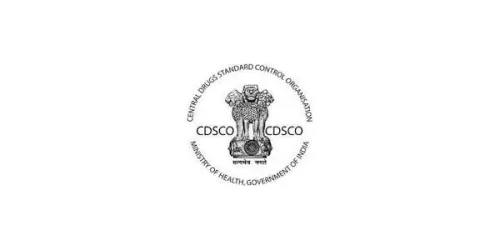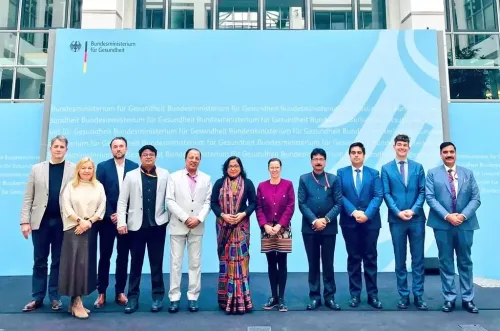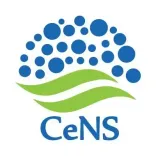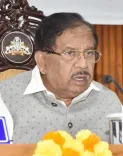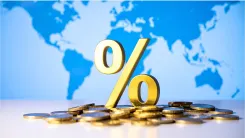How Did Decisive Tech and Innovation Drive India's Rise to the 4th Largest Economy?
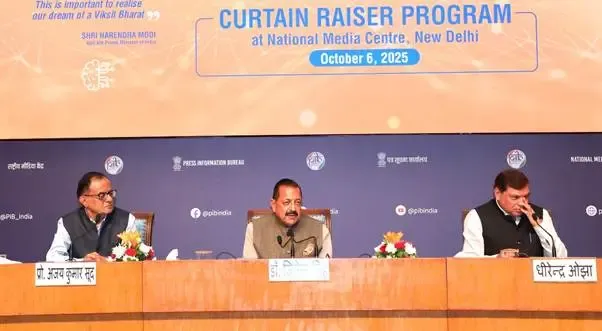
Synopsis
Key Takeaways
- India's ascent to the fourth largest economy is a result of strategic technological advancements.
- The ESTIC-2025 aims to unite various stakeholders in science and innovation.
- Emerging technologies are critical for India's future resilience.
- The conclave offers opportunities for young innovators to connect with industry leaders.
- Collaboration among ministries is essential for driving national development.
New Delhi, Oct 6 (NationPress) The transformation of India into the world’s fourth largest economy, up from the 11th position a decade prior, has been fueled by a definitive push in technology and innovation, stated Union Minister of State (Independent Charge) for Science and Technology, Dr. Jitendra Singh, on Monday.
Singh made these remarks at the inauguration of the Curtain Raiser for the inaugural Emerging Science, Technology and Innovation Conclave (ESTIC-2025), which is scheduled to take place from November 3rd to 5th at Bharat Mandapam in New Delhi.
“Over the last 11 years, India's ascent from the world’s 11th largest economy to the fourth position can be attributed to a decisive technological and innovation-oriented strategy, bolstered by a steadfast political vision and guidance under Prime Minister Narendra Modi,” Singh emphasized.
The Minister underscored that the conclave aims to shine a spotlight on emerging and frontier technologies, including semiconductors, artificial intelligence, quantum computing, biotechnology, space, and clean energy, which are crucial for the nation's strategic autonomy and future resilience, comprising 11 identified thematic areas. He remarked that such initiatives symbolize India’s “quantum leap” from being a follower to a leading nation in science and innovation.
“The forthcoming ESTIC-2025 will serve as a collaborative platform, bringing together diverse stakeholders—researchers, policymakers, industry leaders, and entrepreneurs—to collaboratively shape India’s scientific roadmap towards Viksit Bharat 2047,” Singh stated.
“This platform is designed to provide young innovators with the chance to connect with mentors, showcase their groundbreaking ideas, and uncover the next generation of talent contributing to India's emergence as a global knowledge powerhouse,” he added.
The conclave represents a pivotal opportunity to inspire transformation, promote creativity, and innovate for Viksit Bharat, aligning with the Prime Minister’s vision for inclusive and innovation-driven national development.
“ESTIC-2025 marks a new chapter of collaboration among 13 participating ministries and departments, uniting a diverse range of stakeholders including researchers, industry professionals, academia, and government entities under a single umbrella,” noted Dr. Ajay Kumar Sood, Principal Scientific Adviser. These ministries include health, education, agriculture, energy, space, electronics and IT, environment, and more.
Sood highlighted that the conclave will function as a dynamic forum for dialogue, knowledge sharing, and creating actionable roadmaps, featuring input from global experts, Nobel laureates, and emerging researchers, among others.



